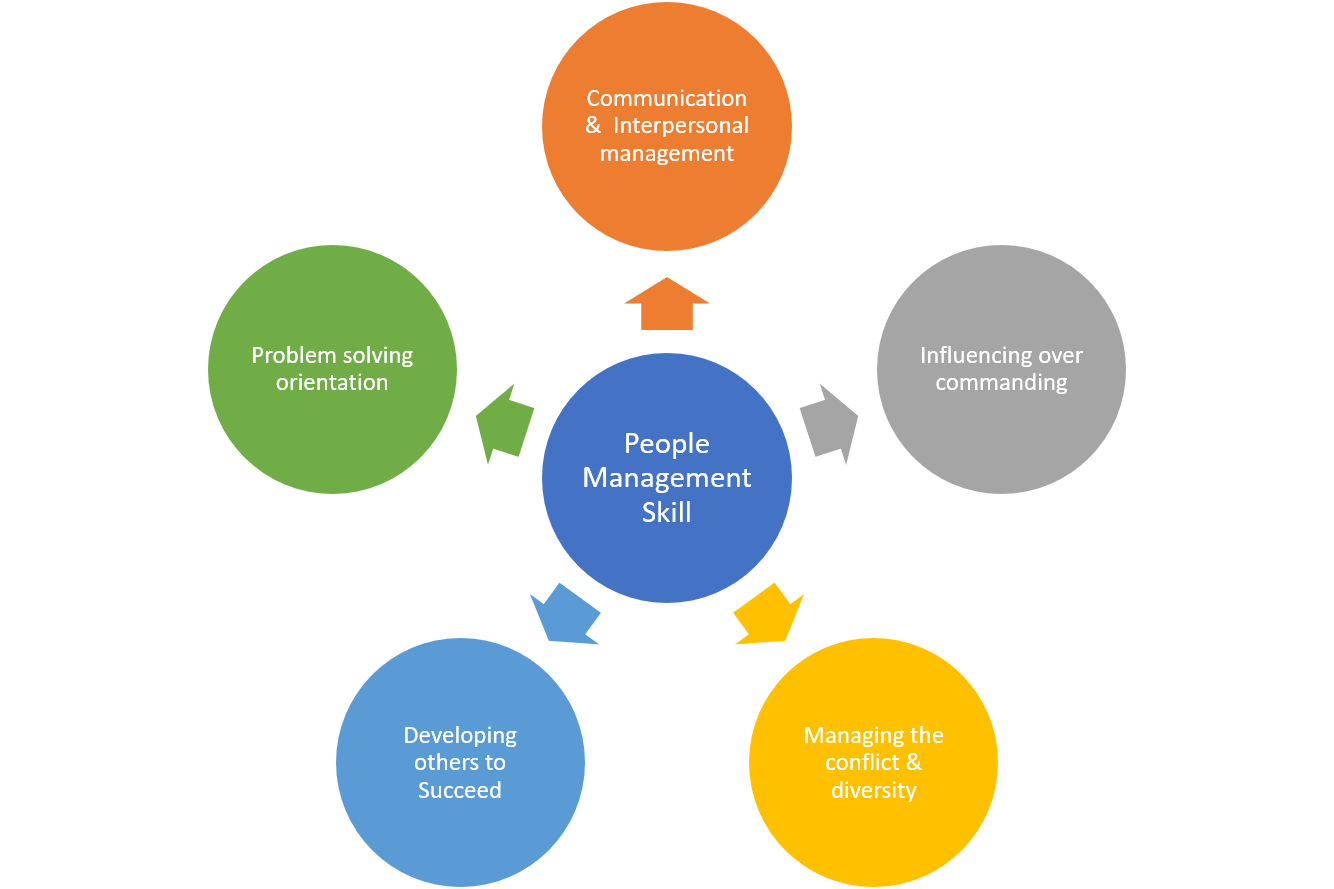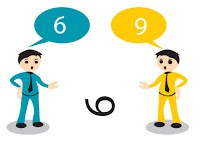Resilience and quality of network

Most of us may be thinking that resilience is something inherent quality within us. However, the research article indicates that people with high resilience power have a good network of people or forums to develop their resilience.
For example, if you have a network of good friends or like-minded people in your professions and whenever you face challenging situations, you may interact with them and get different ideas/views to overcome the problem. That kind of association enables one to look at the situations from a different perspective than those who do not build that network.
The key learning is how we develop our network with worthy or reliable people, which may help us develop the capability to overcome any challenging situations.
When i was reflecting on this key insight,i realized that some of my friends, when they had a challenging situation in their career, they used to approach many people and sought their views (not seeking employment help) on solving the problems and successfully managed the crisis.
Developing a vast network is relatively easy for some people, and it may be difficult for some. However, we can create a quality relationship with a few reliable people who can guide us during a tough time. They could be your spouse, friends, mentors, colleagues, senior people, or any professional forums that can guide you without any bias.
We need to ask ourselves is "Do we have trustworthy, reliable sources or relationships in our life whom we can approach when we have challenges in life?"
If yes, then we are leading a healthful life;
If not, then we need to develop a quality relationship or network now…!
Have a great week ahead.












